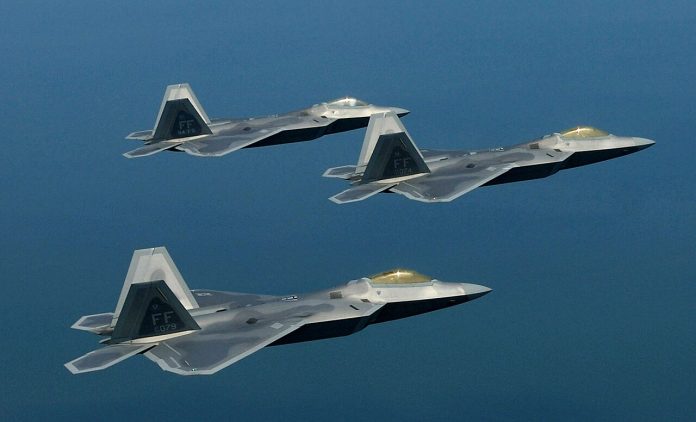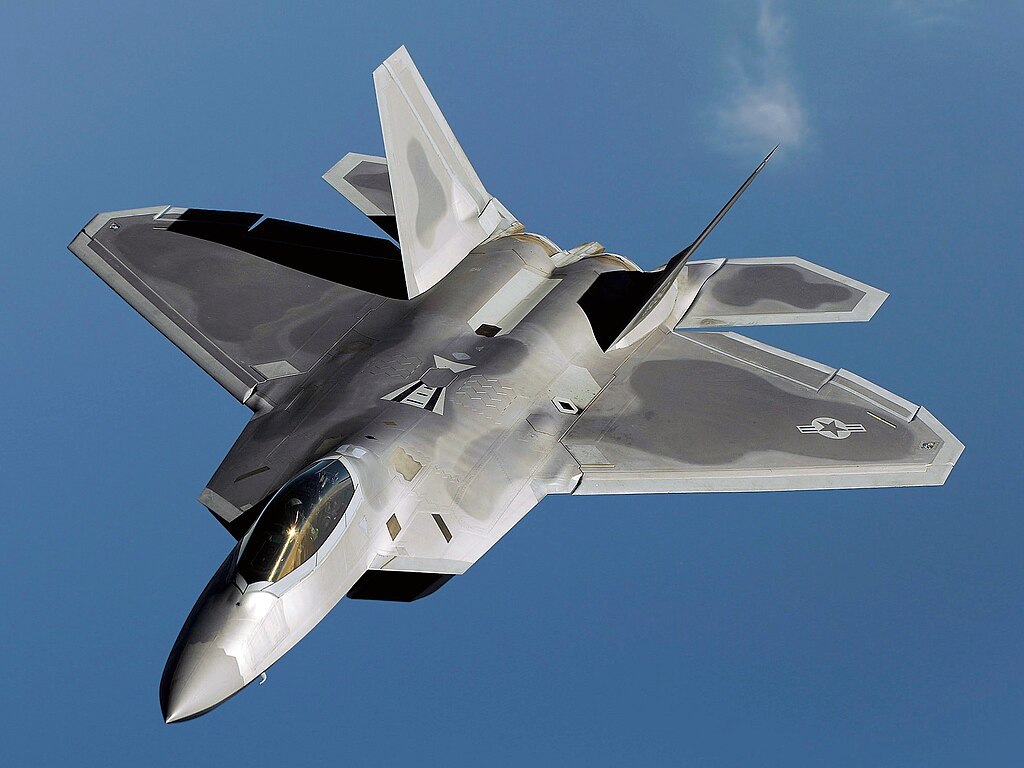
“Timing is everything,” said Gen. James Hecker, recalling the delivery of the first operational F-22 Raptor back in 2005. Two decades later, the quip is apt as the jet remains the definition of US air dominance. Born from the Advanced Tactical Fighter program, the Raptor entered service with unmatched stealth, speed, and agility-capabilities that have kept it relevant even as sixth-generation designs emerge.
While production was completed at just 187 units, the F-22 draws persistent operational value from a potent blend of low observability, supercruise, and integrated avionics. Its record of service runs from deterrence missions across continents to precision strikes in Syria, to the headline-making downing of a high-altitude surveillance balloon in 2023. Here are ten key aspects explaining how the Raptor has held its edge after twenty years in service.
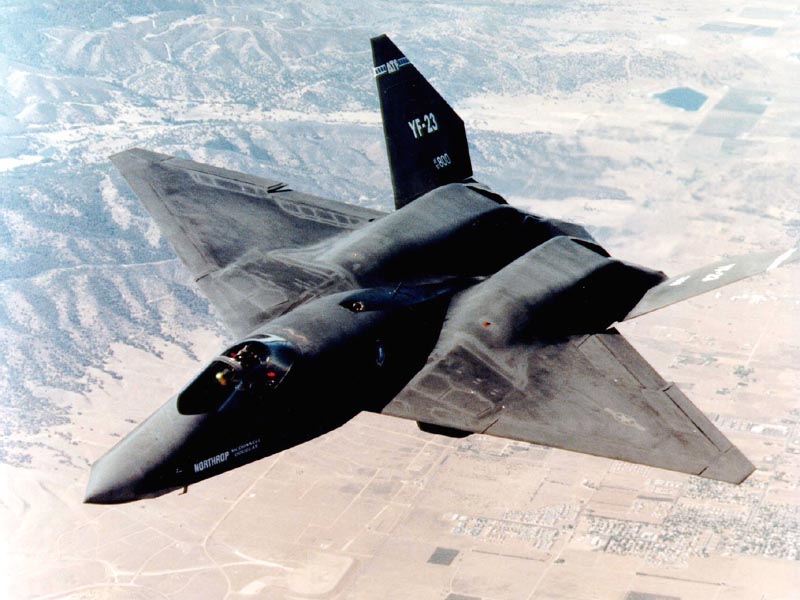
1. Origins in the Advanced Tactical Fighter Program
The F-22 traces its lineage to the Advanced Tactical Fighter competition of the 1980s, where its prototype, the YF-22, outcompeted Northrop’s YF-23. Lockheed Martin and Boeing teamed up on the airframe; Pratt & Whitney contributed the F119 engines. This was the Cold War-era vision of air superiority against near-peer threats: a fighter with thrust-vectoring agility and diamond wings, with serpentine inlets to minimize exposure to radar.

2. Stealth That Still Sets the Standard
The Raptor’s design for low observability includes angular shaping, radar-absorbent materials, and internal weapons bays so that it may work deep in contested airspace with minimal risk of detection. Its radar cross-section remains smaller than most fifth-generation peers-a fact that continues to give it an edge in both within-visual-range and beyond-visual-range engagements.

3. Supercruise: Speed Without Compromise
The F-22 can sustain Mach 1.5 without afterburners; this gives the jet rapid intercepts, rapid repositions using a minimum of fuel for maximum stealth. That kind of functionality decreases infrared signatures compared to the use of afterburners, shortens engagement windows for adversaries, and keeps the aircraft tactically flexible on long missions.

4. Sensor Fusion and Situational Awareness
The Raptor combines all sensor inputs-APG-77 AESA radar, EW systems, and passive sensors-on a single cockpit display. That sensor information fusion may reduce pilot workload, cue priorities on threats, and compress the kill chain. In air-to-air configuration, the Raptor carries six AIM-120 AMRAAMs and two AIM-9 Sidewinders, allowing “first-look, first-shot, first-kill” scenarios.
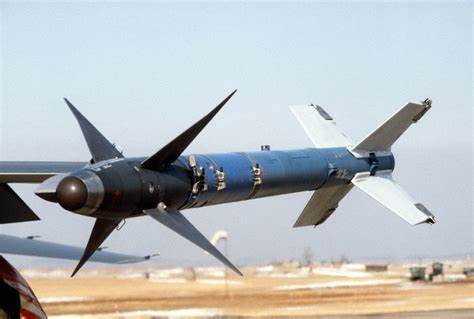
5. Combat Debut & Operational Record
First seeing combat in 2014, flying strikes against Islamic State targets in Syria both as a precision striker and as a stealth escort, the Raptor since has patrolled the skies over Europe, the Pacific, and North America, intercepting foreign aircraft and standing quick-reaction alerts. It would go on, in 2023, to score its first air-to-air kill: an AIM-9X strike against a Chinese surveillance balloon at 58,000 feet, in what might be the highest-altitude air-to-air kill in history.
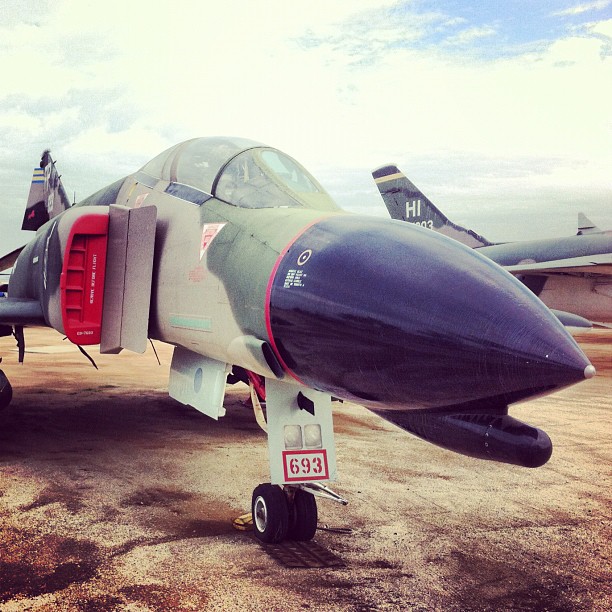
6. Modernization to Meet Evolving Threats
Incremental upgrades Increment 3.1 through 3.2B have added high-resolution ground mapping, enhanced electronic protection, and integration of the AIM-9X and AIM-120D missiles. Link 16 networking now allows two-way data exchange with legacy aircraft. Testing continues to include the AIM-260 missile, distributed IRST systems, and stealthy external fuel tanks to extend the range without compromising low observability.
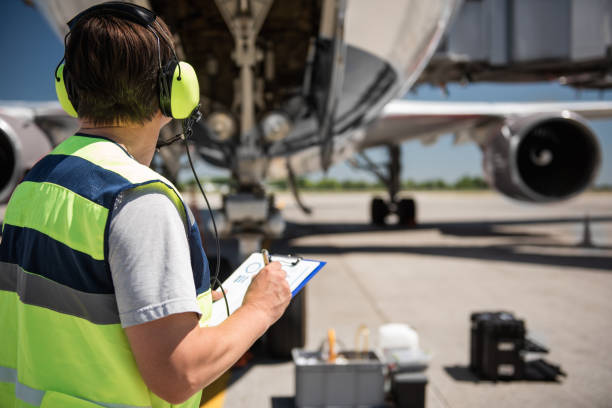
7. Maintenance Challenges and Fleet Size
Fleet size limits surge capacity with only 187 produced. Low observable maintenance remains manpower-intensive, and modernization has to work within the finite internal space for sensors or weapons. Mission capable rate fell to 40% in 2024, which has encouraged USAF proposals to retire non-combat-coded Block 20 aircraft, although plans Congress has delayed pending the cost analysis for upgrades.
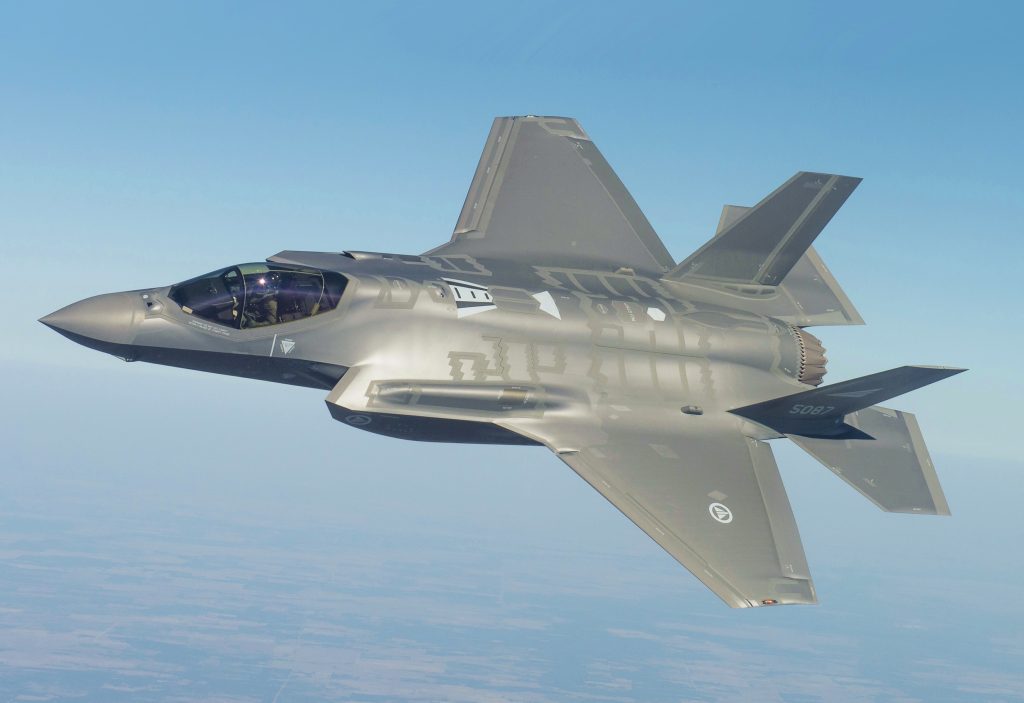
8. Supremacy of Dogfighting: F-35 Versatility
The F-22 is at a distinct advantage in close combat with its thrust vectoring and better kinematics. But on the aspect of practicality for sustained operations, the F-35 has more to offer as it has a bigger mission set and advanced networking, and the fleet is much larger. As one analyst summarized: “The F-22 wins the fight, but the F-35 wins the war.”
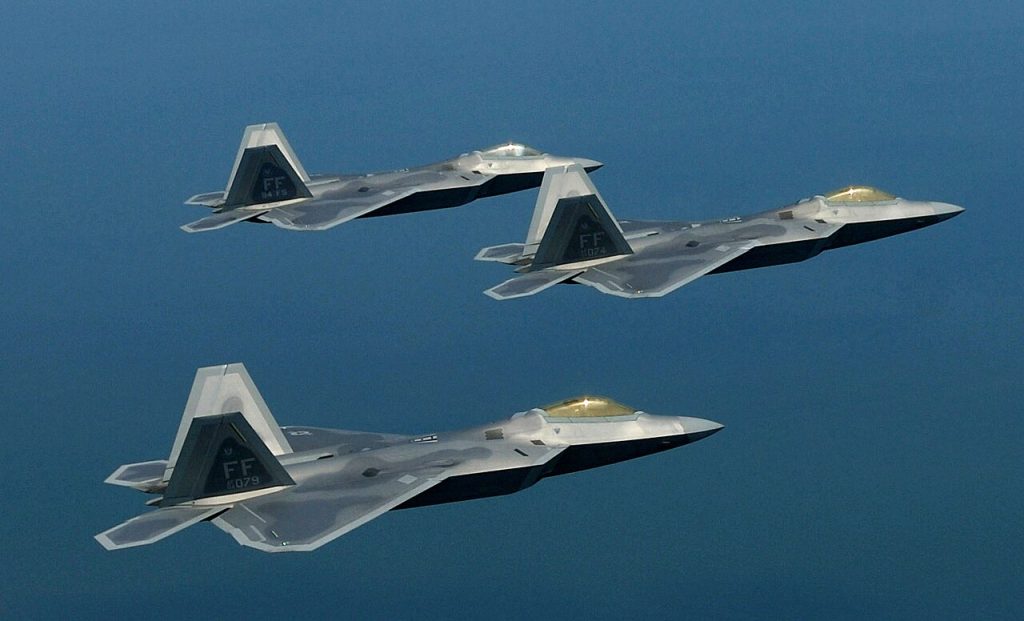
9. Global Deployments and Strategic Role
Raptors from the 1st Fighter Wing at Langley AFB have been deployed in support of deterrence and combatant commanders to 20 countries across Europe and the Indo-Pacific. Deployments with Poland and Australia further underpin its role as a rapid-response asset within allied strategies.

10. Transition to Next-Generation Air Dominance
The USAF intends to eventually replace the F-22 with NGAD fighters starting in the 2030s. NGAD will employ a system-of-systems approach, teaming manned sixth-generation jets with unmanned Collaborative Combat Aircraft. The Raptor is a critical bridge until that time, with modernization spirals adding to its capability to defeat advanced threats as the NGAD develops.
Twenty years past its entry into service, the F-22 Raptor still shapes air superiority thanks to an unprecedented combination of stealth, supercruise, and agility. Its combat record, modernization path, and unparalleled dogfight performance have secured this fighter’s status as a cornerstone of U.S. airpower well into the rise of the next generation. Taking fleet size and demand for maintenance into consideration, the continuing relevance of this aircraft speaks volumes about engineering foresight and operational adaptability.
